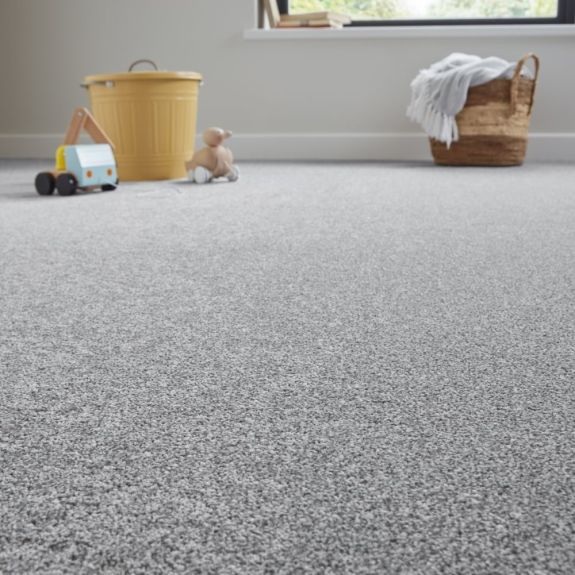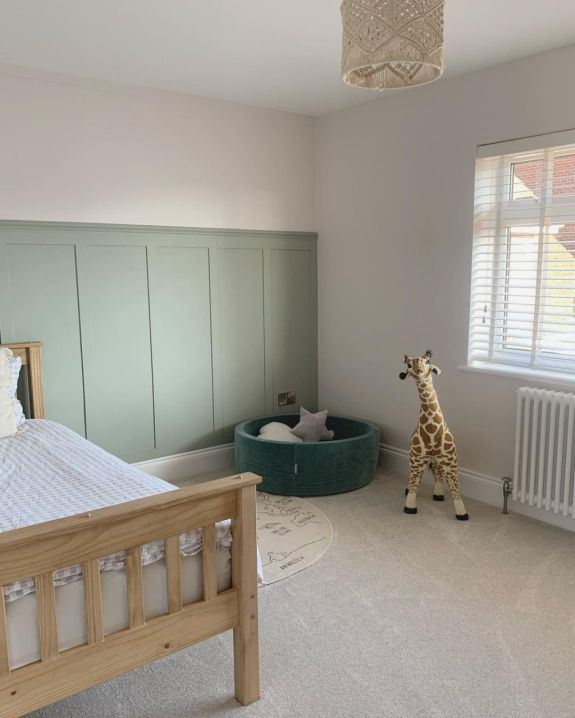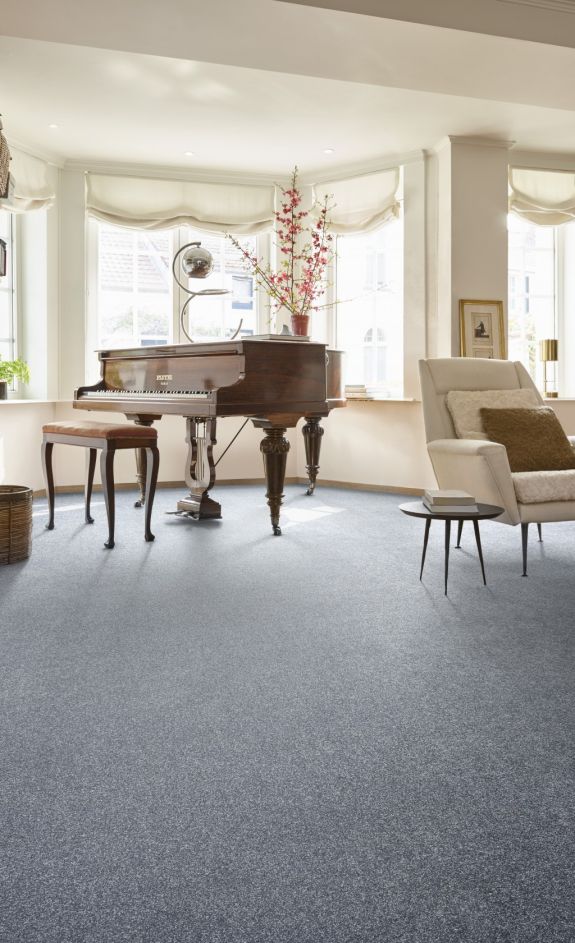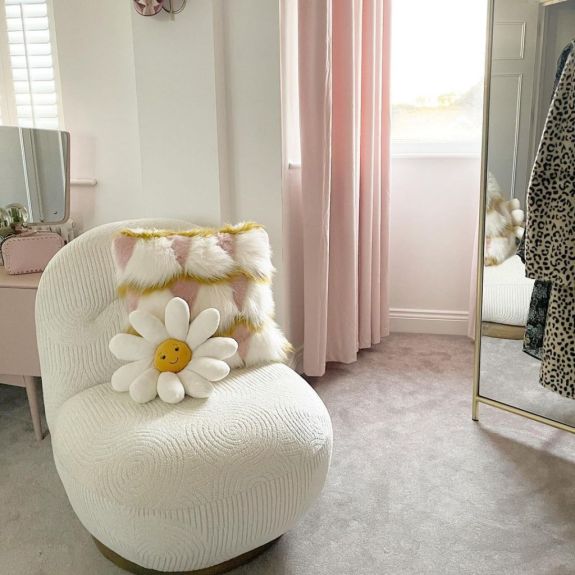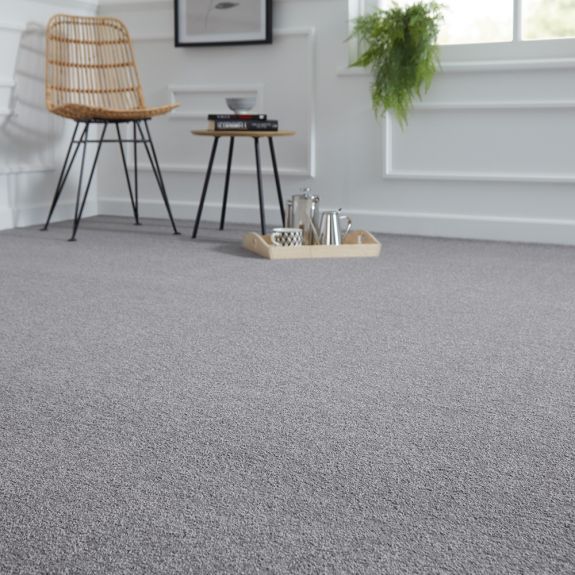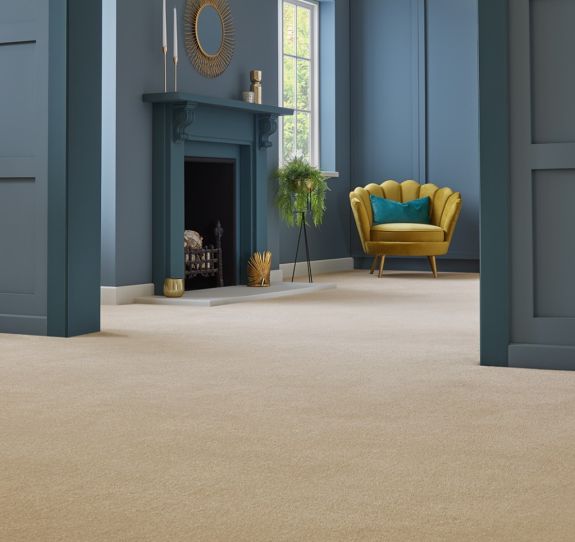How to fix melted carpet
Melted carpet tends to happen under extreme heat, as carpet fibres can be flammable. For example, your carpet could be too close to an electric or log-burning fire. Or you may have accidentally left a pair of straighteners or an iron on the floor.
Reducing the risk of exposed heat is the best way to prevent melted carpet. But if you’re already looking at melted carpet fibres, we have a few ways to fix it.
For areas that are only mildly affected, use medium-grit sandpaper to sand away the melted fibres. This is an effective method for fixing surface-level melting or burning.
If your carpet is more damaged than this, follow the same process as fixing a burned carpet. You might be able to replace the melted fibres or cut and replace the area with a carpet patch repair.
How to fix ripped carpet
Though we might try to avoid it, torn carpets can happen in various ways. Perhaps you dropped something sharp, or maybe you tried to move furniture without lifting it. Some small tears are easy to fix, while larger rips can be more complicated.
You may decide that the rip is too large and noticeable to repair, in which case, replacing the carpet is the most sensible approach. But for small to medium tears, here’s how to fix them:
Super glue
This quick fix involves taking super glue and glueing the rip back together as carefully as you can. We recommend taking up the carpet and applying the superglue to the underside, so you don’t get any superglue on the carpet fibres and create a noticeable seam.
Sew the carpet back together
Alternatively, you may find that sewing your carpet back together requires less mess and effort. If so, take a needle with a large eye and thick carpet thread that matches the colour of your carpet. Start from one end of the tear to the other, keeping your stitches close together to avoid any future tears.
How to fix a hole in the carpet without extra carpet
A hole in your carpet will not be easy to glue or sew back together like a rip because a piece of your carpet is now missing. This may be caused by gradual wear and tear from things like heavy furniture. Using protective pads on your furniture legs can help prevent this.
Depending on the size, you can often fix small holes using strands from the edge of the carpet:
- Pull up the edge of your carpet to find the spare fibres underneath.
- Cut them off and super glue each strand to the hole, then allow the glue to dry.
- Trim the ends to match the carpet.
What if the hole is too large to replace the carpet strand by strand? If you don’t have extra carpet cutoffs to hand, another method is to use a patch of carpet from a hidden area of your home:
- Storage cupboards and fitted wardrobes are ideal places to take carpet from if it matches the hole you’re hoping to fix.
- You can then replace the patch you took with something similar. This way, it won’t have to be an exact match, as it’s not in plain view.
- You may notice that your new carpet patch is a slightly lighter colour than the rest of your carpet, but this will fade over time.





























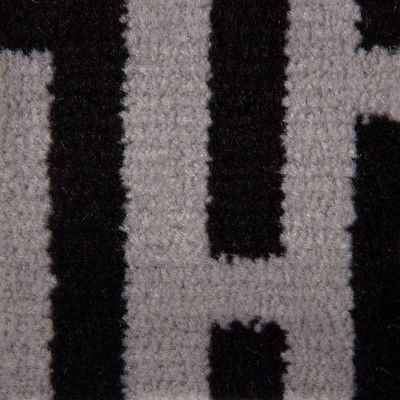
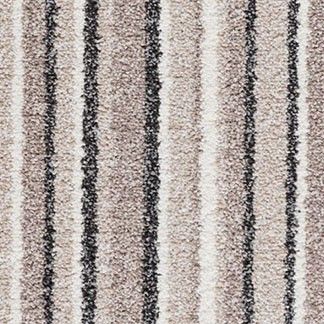
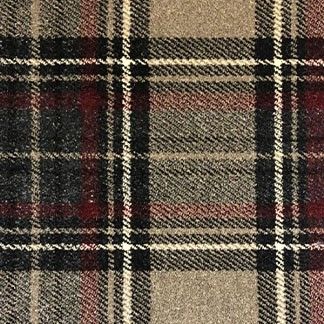












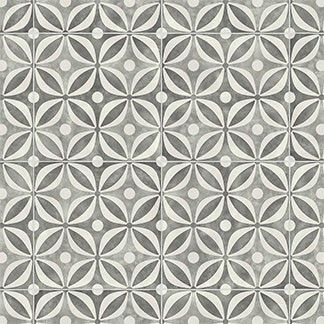
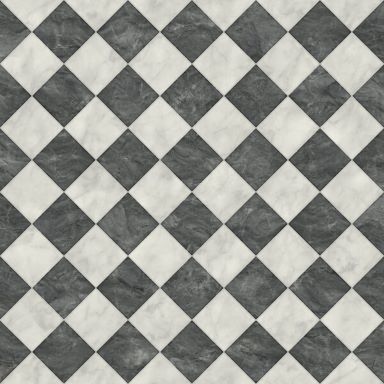
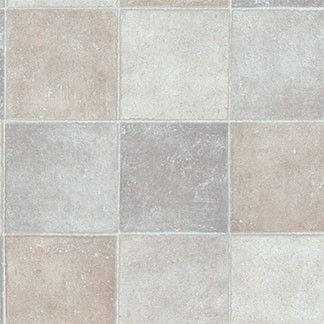










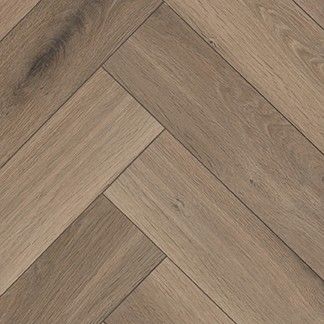
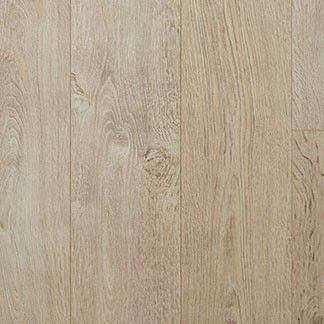
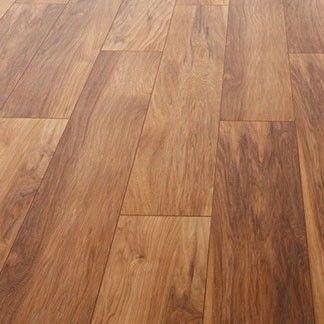
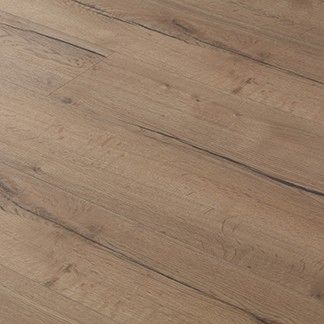











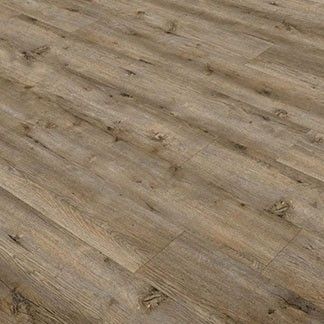






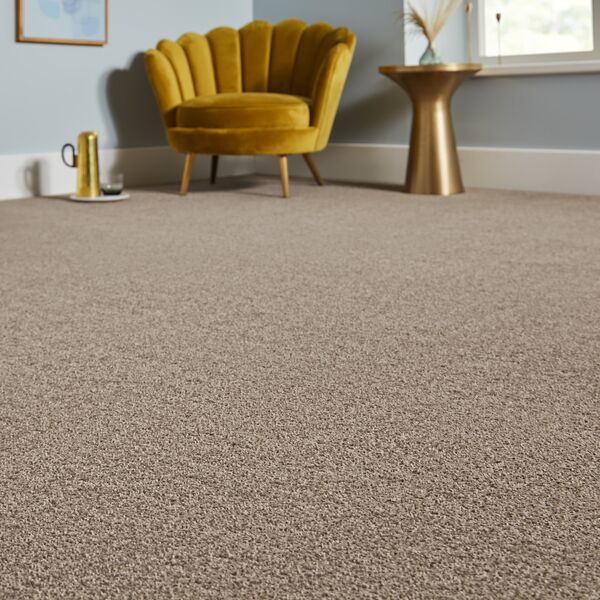
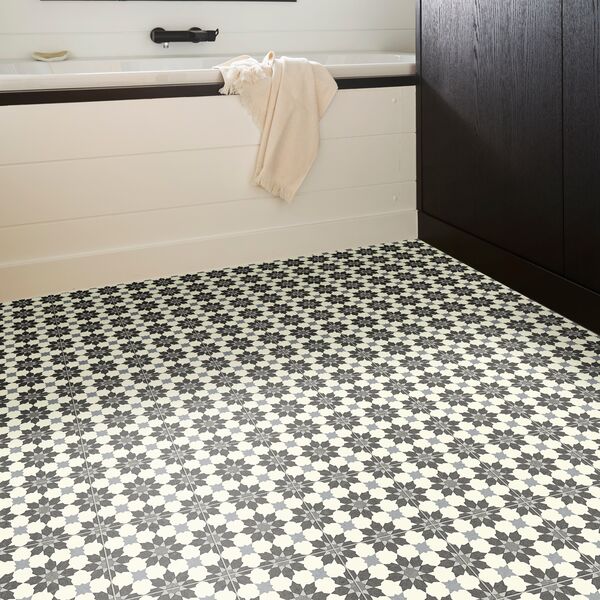
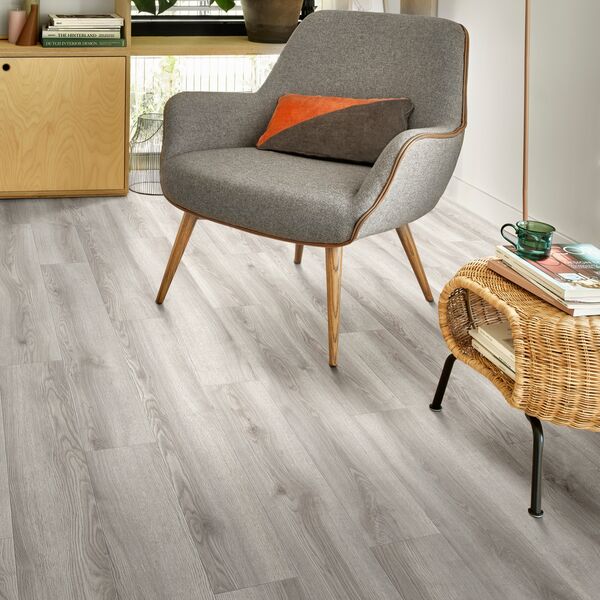
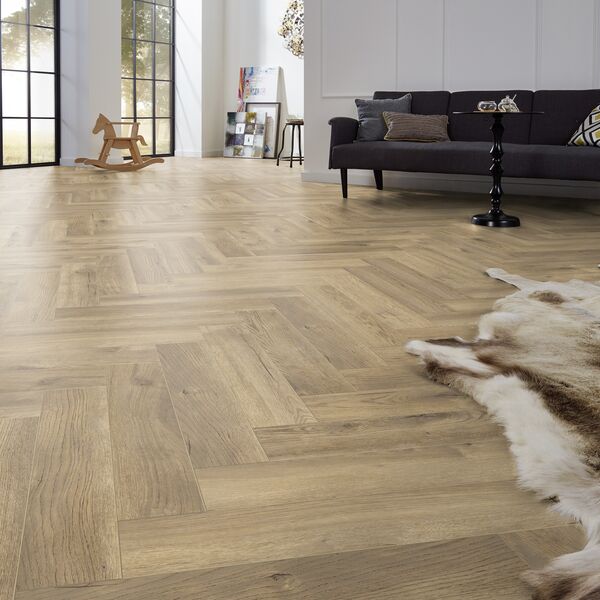
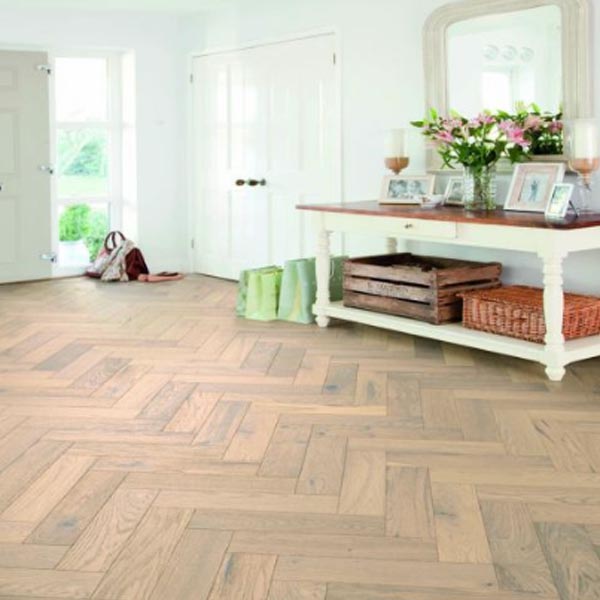

.jpg)
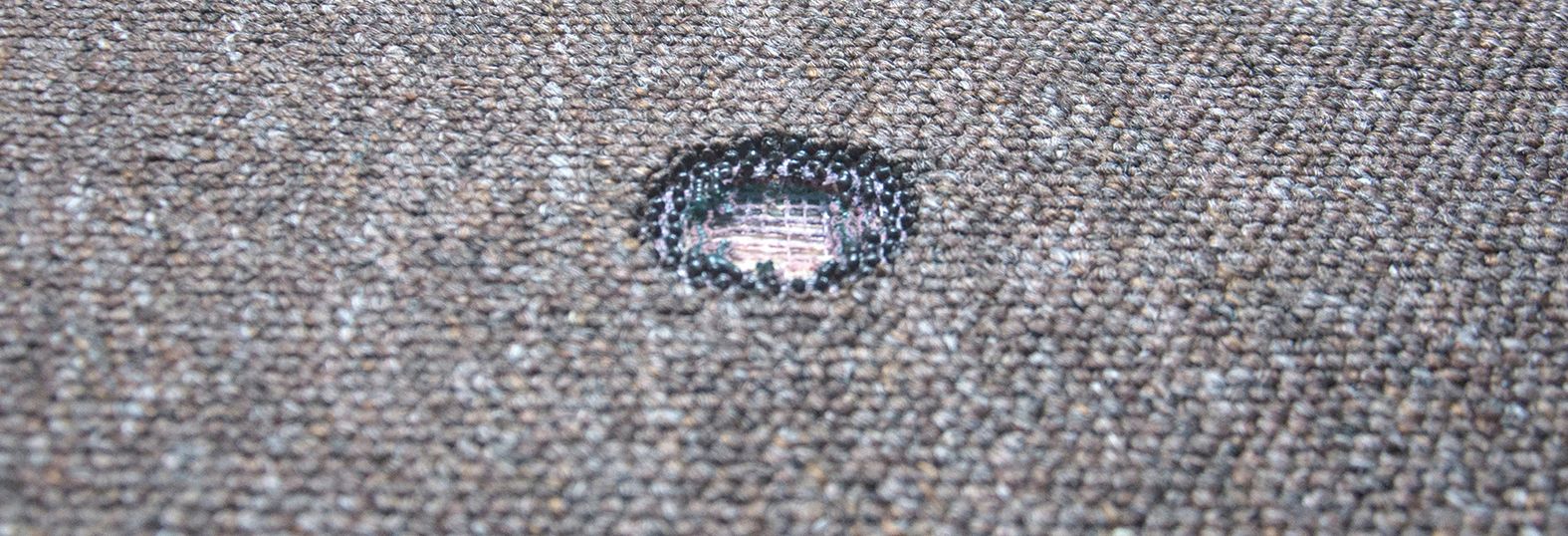
.jpg)











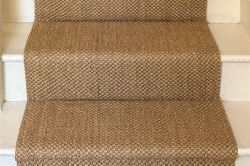




-250.jpg)






-250.jpg)
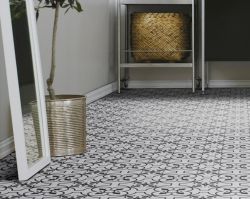
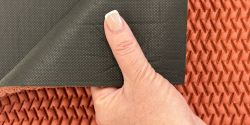
-250.jpg)

 copy-250.jpg)

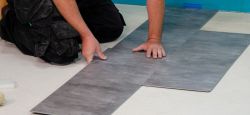
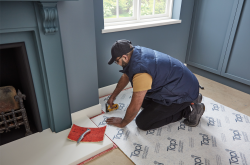

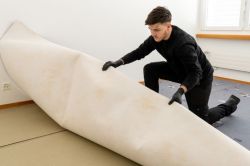


-250.jpg)
 - Article Image (not header)-250.jpg)

-250.jpg)

-250.jpg)


